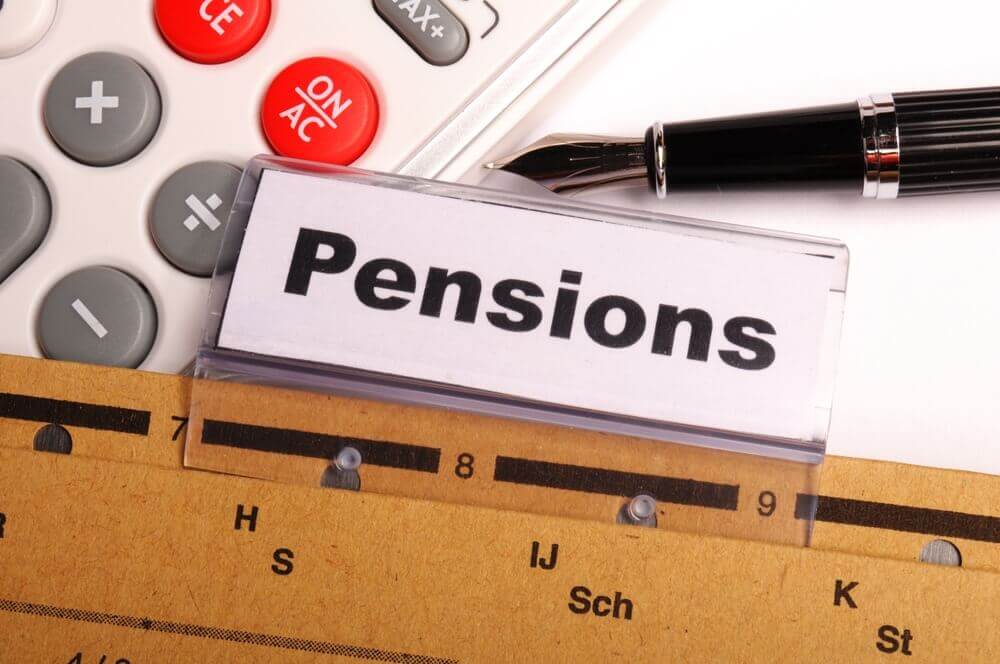Have a Foreign Pension and Returning to the US?

Many US citizens who work abroad return to the USA to live, and they bring with them savings accumulated in a foreign pension plan or superannuation account. If this is your situation you may be pondering that often-asked question: “What should I do with my foreign pension?” Here’s the expat tax advice you need!
The Big Picture: Foreign Pensions
Your first idea might be to roll your pension or superannuation funds over into an IRA or other US-based retirement plan. That is not allowed, as under the US Internal Revenue Code most foreign pensions are not considered a “qualified trust.” That makes them ineligible to be rolled over.
“What is the next option?” you might ask. We suggest you take a step back here to understand the bigger picture.
The benefit of pension and retirement plans is the tax-deferral treatment they are allowed. Generally earnings accumulate in these plans tax-free until you receive distributions from the plan, which is usually during your retirement years. Also, the contributions made to the plan may have a tax benefit because they are not included in your US income for tax purposes. That means these contributions have been US tax-free until they are distributed to you.
It is presumed that this tax deferral gives you a tax benefit because you will be in a lower tax bracket during your retirement years than you are during your working years. Only time will tell if that will actually be true, but it is important for you to understand the thinking behind tax deferral.
As you may already know, sometimes these tax deferral benefits do not apply to foreign pensions. This is often the case because of tax treaty rules, or because the country you live in does not have a tax treaty with the US. You may have had to include earnings and/or contributions to your foreign pension or superannuation account in your gross US income each year because they are taxable as they are paid into the plan. If that is true for you read closely! Some of your foreign pension or superannuation money may be available to be distributed to you tax-free!
If you had pension contributions (made by you or your employer) and/or pension account earnings that you included in your US income each year as these amounts are paid into the plan, you now have a “cost” or “investment in the contract”. You can “recover” this cost tax-free, but under very specific rules. For more information you can refer to IRS Publication 575 “Pension and Annuity Income” or even better, consult with a member of our Greenback tax team.
Now that you have accurately determined any cost in your pension or superannuation account that you can recover tax-free, you are ready to consider your foreign pension options. Other than the fact that you cannot rollover the foreign pension into an IRA or other retirement account, the remaining options are very similar to most US pensions.
- You can leave the money in the foreign pension until you retire. Upon retirement you can receive periodic distributions and include the taxable part of the distribution in your US income as it is received.
- You can have the entire pension paid to you in one lump sum distribution or periodically before you retire. You would then be free to reinvest the proceeds into a different investment account or spend it as you see fit. You would include the taxable part of the distribution in your US income the year it is distributed to you.
- You can leave the money in the foreign pension and pass it on to your heirs.
Try Not to Incur the Early Distribution Penalty
It is usually wise for you to avoid the 10% early distribution penalty that can apply to foreign or US pension or retirement accounts. This penalty does not apply to any cost or nontaxable portion of your foreign pension distribution. It can apply to the taxable part of your “early” foreign pension distributions.
Here are the ways you can avoid the early distribution penalty for your foreign pension:
- Wait until the year you turn 59½ or later to receive any foreign pension distributions.
- Work with the holder of the retirement plan and set up “substantially equal periodic payments (at least annually) for your life”. Be careful to make sure the payments are determined in accordance with the allowable methods, as explained in IRS Publication 575 and Revenue Ruling 2002.62. (A Greenback tax professional is available for consultation to guide you through this.)
Need Expat Tax Advice on Your Foreign Pension?
Your situation and your foreign pension are unique to you and you should make sure that all applicable treaty articles and US tax rules are correctly considered and applied. You may have foreign tax credit carryovers available that you can apply to the US tax on your foreign pension distributions. We devote an entire section of this blog to foreign account reporting, which you might find helpful. If you need help with deciding what to do with your foreign pension, please contact us.



